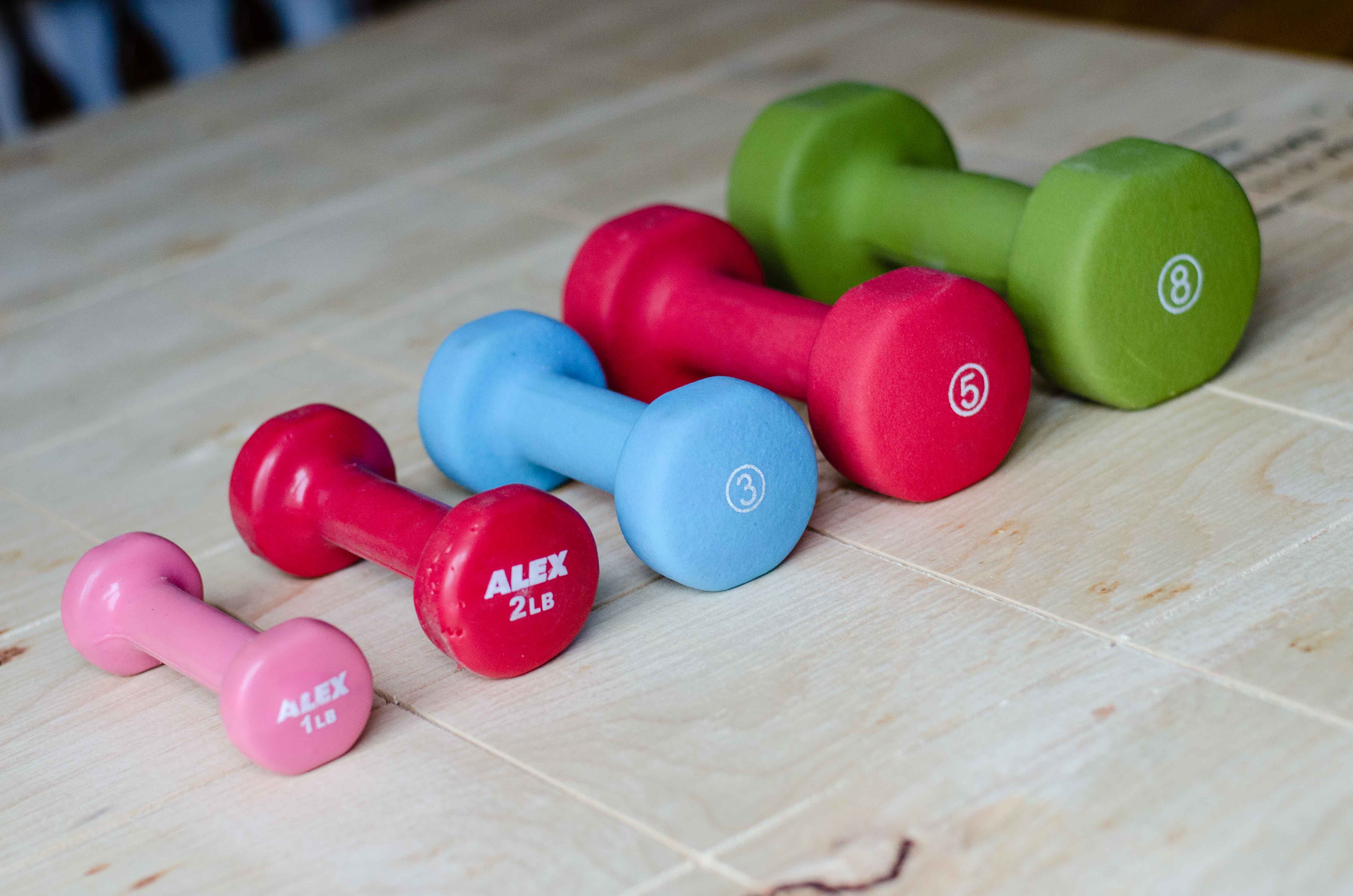Last semester’s campaign to have a women’s-only gym hour at Carleton received a lot of backlash. The campaign surveyed students on campus, and used the responses to come up with propositions for Athletics. While the implementation of a women’s-only gym hour in the Carleton gym is not one of the end results, the final suggestions mark progress nonetheless.
These proposals move beyond the original request, tackling the underlying problems in women’s health, fitness, and sport at Carleton. If these propositions are seriously considered and implemented, the campaign will have achieved far more than it set out to do—and this would be a victory for feminism on campus.
The first proposal tackles the main opposition that many students had with the women’s-only gym hour: it would impede with regular operations. Using this student feedback, the campaign has proposed for the creation of a new space for women’s-only fitness. The University of Ottawa has two gyms, and women’s-only gym hours are implemented at only one of the gyms, the Montpetit Fitness Centre. Having multiple spaces for fitness means a win for both concerned parties. Students who expressed concern over the loss of their time will still have access to the gym, and women who prefer working out in women’s-only spaces will also have their own space.
The second proposal addresses the lack of safe spaces for women’s fitness. In order to make the gym a safe space for anyone who chooses to work out, the campaign has proposed improved training for gym staff. This training would focus on anti-oppression and sexual violence, as well as racism, sexism, religious violence and other systems of oppression. The need for a women’s-only gym hour stems from the fact that gyms are not always safe spaces for all women. Having an hour only for women could still exclude certain groups who feel threatened at the gym, including men. Anti-oppression training has the potential to include everyone, even men who feel the current gym atmosphere is not a safe space.
The third proposal follows the second, as it calls for gender-diverse staffing in Athletics. Once again, this proposal goes beyond inclusion for women only, and would welcome non-binary people into the gym as well. Just as with the other proposals, this one takes into consideration the views of all students to move beyond inclusivity for women only.
The fourth and final proposal addresses the skewed funding and focus on women’s varsity sports as compared to men’s varsity sports. Despite women’s sports teams bringing in victories for Carleton, most of the athletic attention focuses on the Panda Game and Capital Hoops. This is not a problem restricted to Carleton, and the lack of attention on women’s varsity sports is one that universities across Ontario and Canada should continue to address.
The entire campaign has been about the importance of women’s fitness. This is not limited to gym hours alone, and the new proposals address those additional problems in Athletics for women at Carleton. The campaign has gone above and beyond what it originally set out to do. It has asked the students for their opinions, and used that feedback to reach new conclusions based on what the students have said. The co-ordinators of the campaign have been the mediating force between the student body and Athletics, but it is the students who in the end had their say. To be able to truly represent the wishes of Carleton’s student body is a victory for the campaign.
– Photo by Angela Tilley






